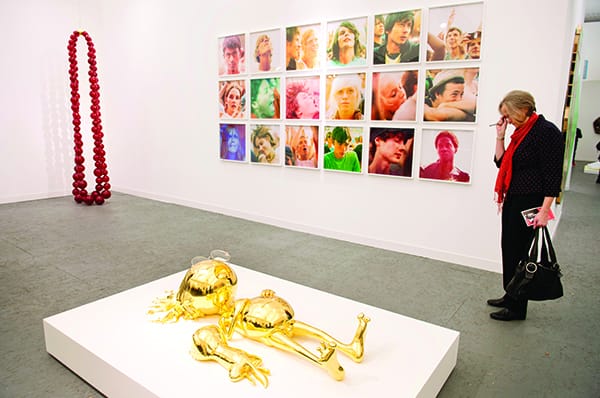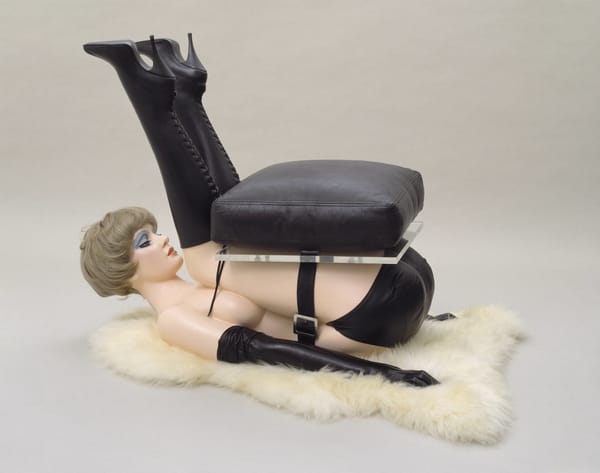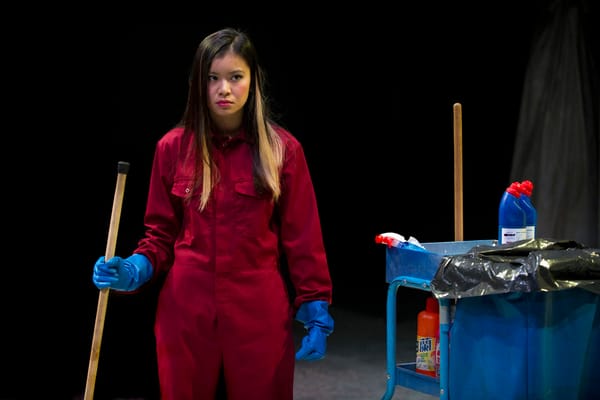Beautiful Madam Butterfly
What: Madam Butterfly with English National Opera Where: London Coliseum, WC2 When: 14th Oct - 1st Dec 2013 Price: Various
Cherry blossom, silhouettes, golden fans and blood. Betrayal, loneliness, dishonour and regret. A young geisha, a crass American Navy Lieutenant and their young son. Puccini’s Madam Butterfly is set against the late 19th century obsession with Japan, an elusive world of decadent elegance, where beautiful 15 year olds can be bought with the same ease and propriety as villas with sea views. The opera starts with Lieutenant Pinkerton at his new villa on Nagasaki, preparing to receive Cio Cio San, the rashamen he has chosen. Rashamen were women that could be married on a monthly renewable contract by Westerners docked at Nagasaki or Yokohoma, and their role in Japanese port life was that of sanctioned sex-worker. Here the story diverges from historical facts, as an opera where a naval officer takes a prostitute for a few months would not be up to much. The stuff of opera is emotions and feelings, and sure enough it turns out that young Cio Cio San is unaccountably besotted with Pinkerton, and sees her marriage as the end of her geisha work and the start of a new American life with him. It was at this point in the opera that my first surprise came. Cio Cio San (meaning Madam Butterfly) is usually shown like most tragic heroines – vulnerable but alluring. In this ENO production she is far from a femme fatale – shy, cringing, scuttling about, she desires Pinkerton but is too shy and in awe of him to allow herself to be touched. Though this sits oddly with her geisha past, it makes her a very real character, as she persuasively displays all the awkwardness of a young teenager. Pinkerton on the other hand was overly unpleasant, and because of this never actually emerges as a truly relatable character. He’s shallow, he can’t wait to get back to America and marry a “proper woman”, and all he wants is a bit of fun whilst he remains stationed in Japan. By the time the first act finishes it is clear that Cio Cio is a deluded, sheltered young girl who sees laddish Pinkerton as a hero coming to save her from her life as a sex-worker. What makes this production so special is its aesthetic quality – the visual richness it maintains throughout is a modern look at 1900s Japanophilia: rich reds and golds, elegant silhouettes behind paper screens and a huge metallic ceiling and floor, mirroring the opulent costumes. Throughout the production, the stage is also filled with black veiled figures, who move the props around the stage, visible but strangely unseen. Because of their veiled faces and identical clothes, they blend into the background – they appear not as people but almost as spirits. In the second act, as Cio Cio is waiting for Pinkerton’s return, they foreshadow her tragic death using coloured veils and puppets, spiralling around her as she dozes. They are also the puppeteers of her child (the only character to be played by a puppet and not a person), reminiscent of the traditional Japanese puppet theatre Bunraku. This is very different to European Punch and Judy type puppets – the puppets are stylised but life-sized, and are moved by three puppeteers, making for an unsettlingly human-like movement. In the final act, when Cio Cio takes her own life, two of these black figures come out and unfold her wedding belt, which stretches out into two long red veils, leaving her in a dramatic river of blood. They are disquieting, unusual, and intensely oriental, capturing the essence of this production – the puzzled, coarse Western love for the East.









